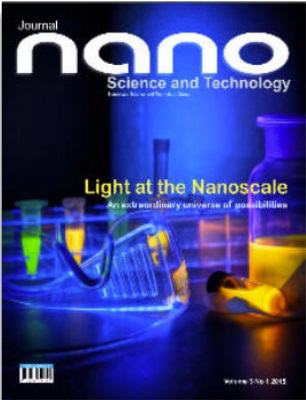The past few decades have witnessed an almost exponential growth in the application of nanomaterials in everyday life products. The gap between scientific developments and real life applications has been reduced significantly. Nowadays, many outstanding properties of commercially available electronic devices, cosmetics, automotive products, medicaments, clothes and even food products are attributed to the results derived from nanotechnology and nanomaterials research [1]. Nanomaterials have come a long way in their production and application, and some of their most interesting applications still have a long way to go and are under thorough and intensive investigation and development. Nanomaterials come in many “flavors” according to their constituents (i.e: metallic, oxides, organic and polymeric), and in appearance according to their morphology and shape (i.e: nanotubes, thin films, nanowires, nanosheets, nanocomposites and nanoparticles). During the last few years, the old known friend, the NANOPARTICLE, has been widely studied in terms of the so called bandgap tailoring, gaining potential but also achievable applications in several fields of research like biomedicine and health care, energy and environment, photo-chemistry and catalysis, textiles, food and agriculture, just to mention a few main areas.

